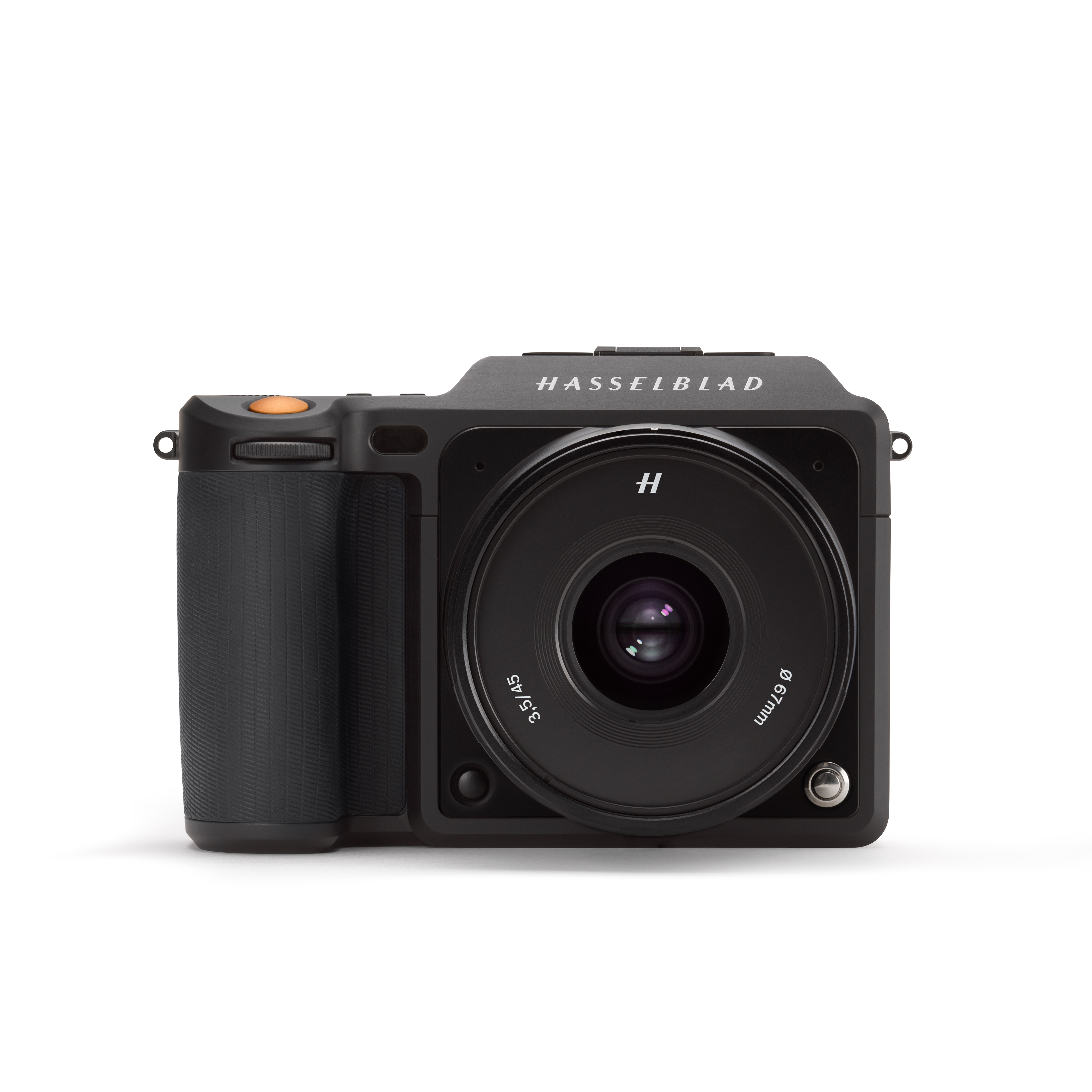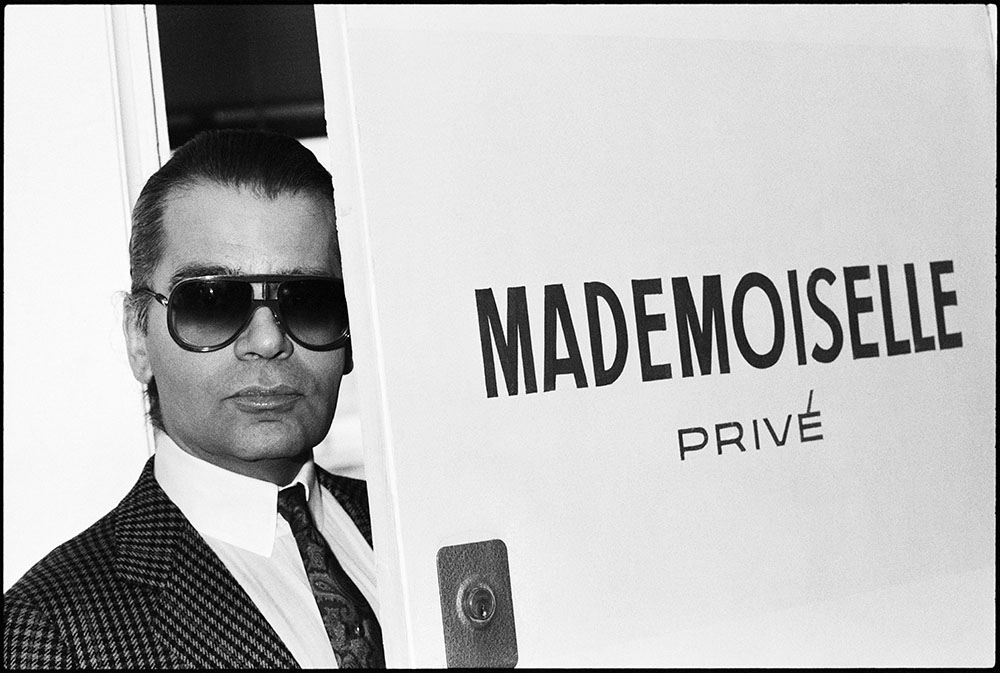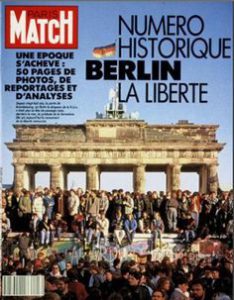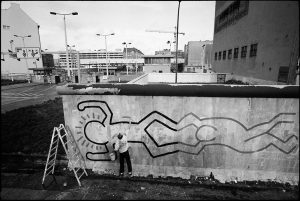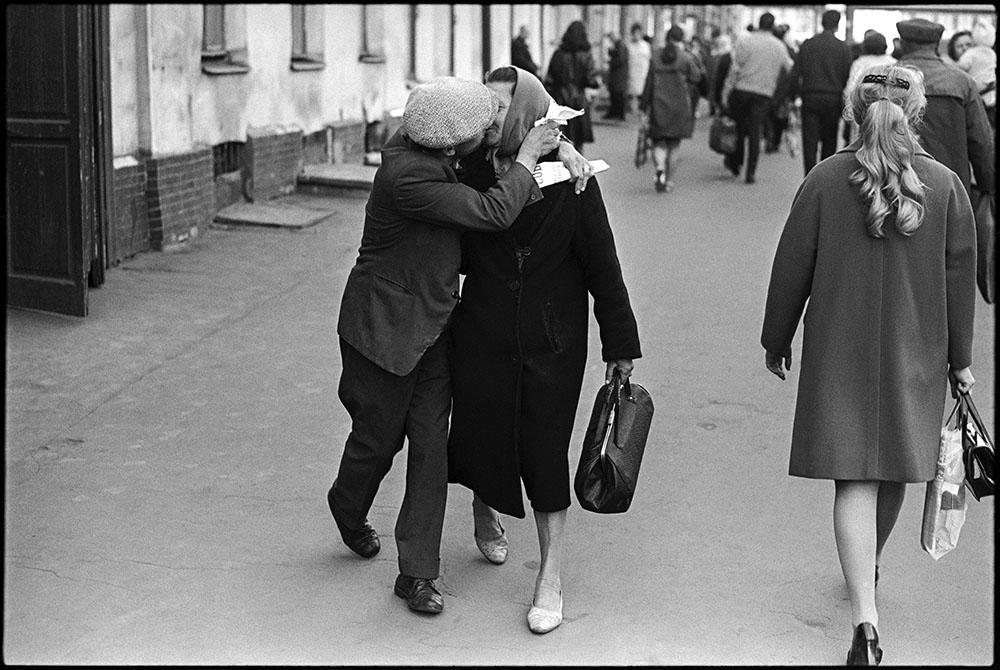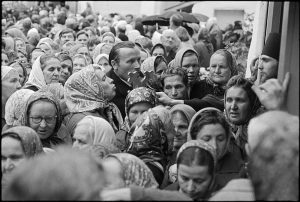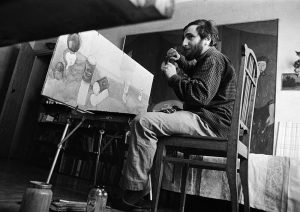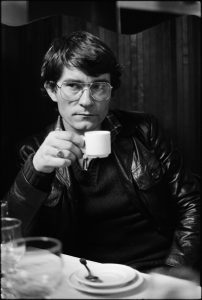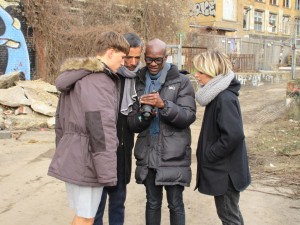How did you start as a photographer?
I became a photographer by chance. I was studying International Relations in Paris, then panning to go to London to study law but as fate would have it I had a good friend who was a photographer. I began assisting him then fell in love with the camera and photography. That is how I started my career.
What camera do you normally use?
I have always used Nikon cameras, usually I work with the D750 and the D810.
You tested the Hasselblad X1D, What where your initial feelings about the camera?
I was curious when the opportunity arose to see how the mirrorless medium format performed because I knew the reputation of the brand. When I have important commercial shoots and the budget allows I place Hasselblad on my wish list, great image quality. However, I was never hands-on with a camera because I let my assistants do all the necessary adjustments and settings.
Testing the X1D I was very hands-on. It feels great, light, the ergonomic grip is comfortable. Usually, I use a neck strap because I do not want to risk letting the camera drop out of my hand, especially one that costs 9400 euros.
I found the camera setting menu very well edited. It felt like I did not have to go through as many camera settings in the menu as I do with my Nikon.
I really enjoyed the touch screen for viewing and settings, very simple.
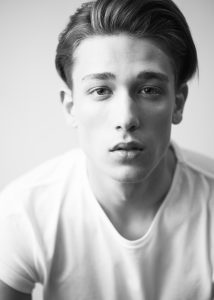 How fast can the X1D shoot images?
How fast can the X1D shoot images?
The camera is fast but focusing can be difficult. Maybe I was doing something wrong but the lens I was using (XCD 90mm f/3.5) only had one focal point. I had to focus on the model and then reframe the image while my finger was pressing the shutter button half way down. I am used to the Nikon focal multiple point system. I found this annoying because it resulted in unfocused pictures.
Using a Medium format camera was there a higher level of expectation?
Yes! The expectation was higher and I was not disappointed. The images were sharp.
Was the Camera Interface Intuitive?
Before reading the camera manual I wanted to see how intuitive the camera was for a new user. The camera interface is adaptable quick, ready to usage for a short period of time. I was able to make adjustments and began shooting. The manual was good for referencing, very complete.
The Auto Focus Mode
The Auto Focus was very fast, perhaps faster than my Nikon. I was shooting in low light but I had no problems with the setting.
ISO Mode
Shooting in low light I sometimes had to shoot as high as 6400 iso but I did not lose the image sharpness. The grain quality was acceptable when blowing up an image 100 times in Photoshop.
Battery Life
This was my biggest disappointment. I went through a fully charged battery after only shooting 500 images. Luckily there were extra batteries in the test kit. For outdoor shooting where there is no access to electricity the camera is a disadvantage.
The fashion production you shot with the X1D, how did the camera perform?
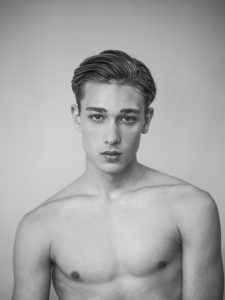 Overall I enjoyed shooting with the X1D. I could use high ISO settings in addition to opening the aperture to 3.5.
Overall I enjoyed shooting with the X1D. I could use high ISO settings in addition to opening the aperture to 3.5.
I was happy with the results I produce with the Hasselblad X1D.
Dale Grant is professional photographer, instructor, and Black and Paper contributor.
For more information: www.dalegrantphotography.com
